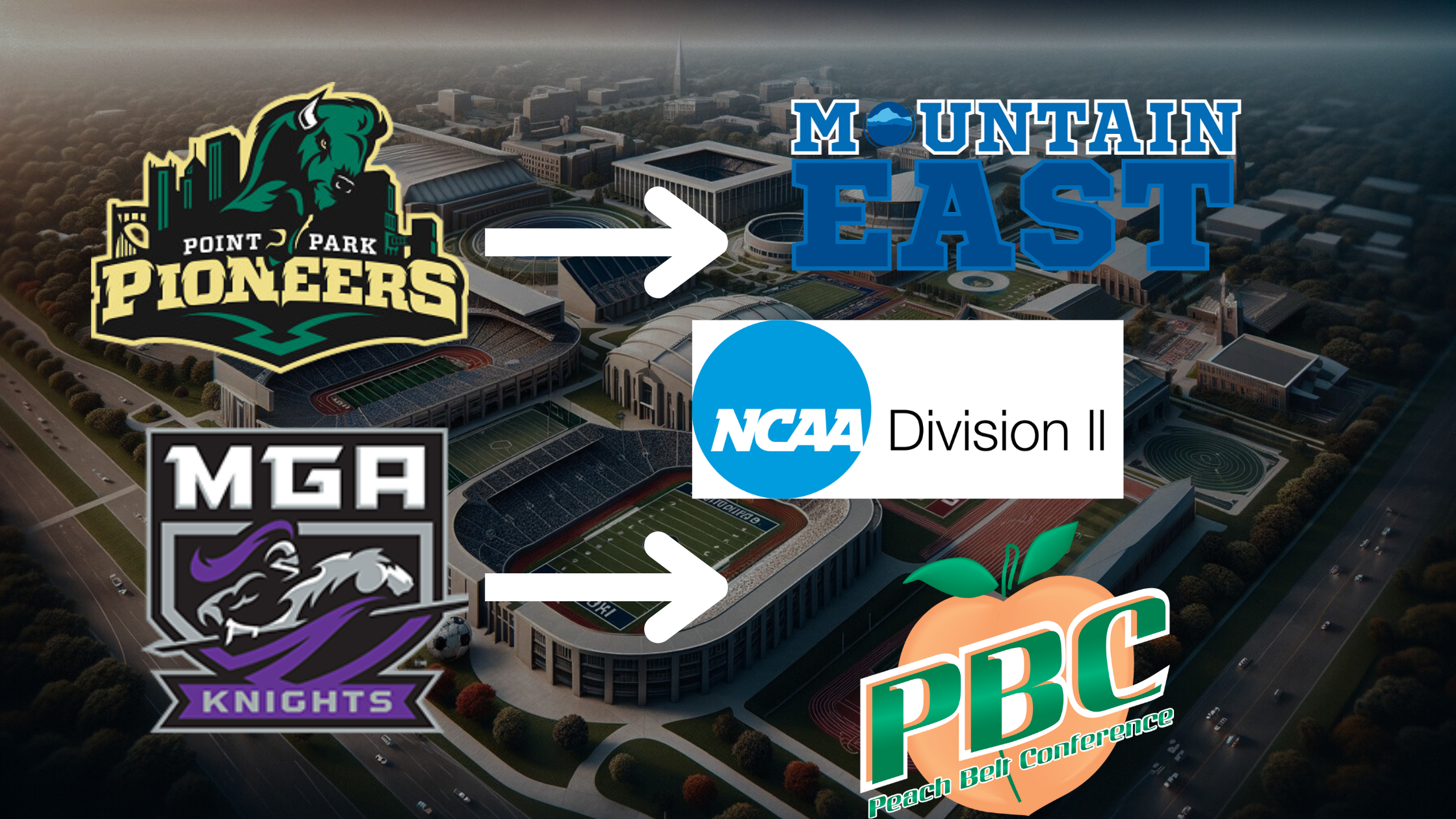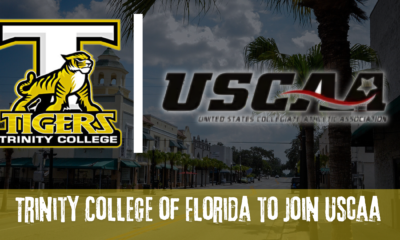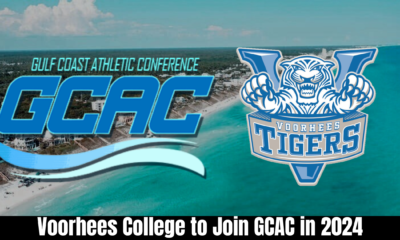
January 15, 2024 – Bradenton, FL –
Middle Georgia State University (MGA) and Point Park University are embarking on a notable transition from the National Intercollegiate Athletics Association (NAIA) to the National Collegiate Athletics Association (NCAA) Division II, a move that reflects a strategic realignment in their athletic programs.
Middle Georgia State University’s Transition:
- In February 2023, the University System of Georgia’s Board of Regents approved MGA’s request to move to NCAA Division II, a decision aligned with MGA’s mission and strategic plan.
- MGA plans to join the Peach Belt Conference. This membership, effective from the 2025-26 academic year after a three-year reclassification process, will make them full members of NCAA Division II starting in the 2028-29 academic year.
- Currently, MGA fields 10 sports in the NAIA and plans to add a women’s track team (long distance only) in the coming years. The transition to NCAA Division II is seen as a better fit for MGA, considering Division II’s approach to athletics, which emphasizes a balance between academic achievement and athletic competition.
- This move is expected to benefit MGA by reducing travel time for athletes, fostering in-state rivalries, and aligning its athletic program with other institutions in the University System of Georgia. The decreased geographic footprint of the Peach Belt Conference is also a significant advantage.
Point Park University’s Transition:
- Point Park University, based in Pittsburgh, Pennsylvania, has been invited by the Mountain East Conference to join them starting with the 2024-25 academic year.
- Similar to MGA, Point Park will undergo a three-year reclassification process with full NCAA Division II membership expected in the 2027-28 academic year.
- Point Park’s move to NCAA Division II is part of its broader strategy to increase competitiveness and align with similar institutions in terms of athletic and academic goals.
The transitions of Middle Georgia State University (MGA) and Point Park University to NCAA Division II carry significant implications for each program, affecting aspects such as athletic competition, institutional identity, and student-athlete experience.
Implications for Middle Georgia State University:
- Strategic Alignment: The move to NCAA Division II is in line with MGA’s strategic plan and mission, aiming to build a shared culture of pride and loyalty in athletics. This transition reflects MGA’s evolution from a junior college athletics institution to an NAIA member, and now to NCAA Division II, mirroring its growth as a doctoral-granting university within the University System of Georgia.
- Competitive Advantage: Joining the Peach Belt Conference aligns MGA with similar-sized institutions and offers opportunities to develop natural in-state rivalries. It also presents a chance to raise the level of competitiveness in sports, as all current intercollegiate sports sponsored by MGA are also NCAA championship sports.
- Student-Athlete Experience: The transition aligns with NCAA’s “Life in the Balance” initiative, which focuses on academic achievement, high-level athletic competition, and community service. This move is expected to enhance retention, progression, and graduation efforts for student-athletes.
- Logistical Benefits: Decreased travel times and reduced average one-way travel distance for athletes will result in less time away from the classroom, thereby supporting academic pursuits.
Implications for Point Park University:
- Enhanced Competitiveness: Moving to NCAA Division II and joining the Mountain East Conference is a strategic decision aimed at enhancing the university’s athletic competitiveness. This aligns with Point Park’s goal of competing with more like-minded public institutions.
- Athletic Growth: The transition provides an opportunity for Point Park to expand its athletic offerings, adding four sports over the next two years as part of the invitation to join the Mountain East Conference.
- Institutional Development: The move to a more recognized and respected NCAA Division II could potentially increase the university’s visibility, attracting more student-athletes and enhancing the overall profile of Point Park University.
The departure of Middle Georgia State University and Point Park University from the NAIA to NCAA Division II represents a significant shift not just for the institutions themselves but also for the landscape of collegiate athletics in these associations.
For the NAIA, the loss of these universities could lead to a reshuffle in its conference memberships and competitive dynamics. The NAIA, known for its emphasis on student-athlete development and smaller, community-focused institutions, might need to reassess its position and appeal to current and potential member institutions. This could involve strategizing to attract new members or restructuring existing conferences to maintain a balanced and competitive environment. The departure of prominent members like MGA and Point Park could be seen as a signal for other institutions within NAIA to reevaluate their affiliations and long-term strategic goals in athletics.
On the other hand, NCAA Division II stands to gain from these additions. The NCAA, particularly Division II, is characterized by its balance of athletics, academics, and community engagement. The inclusion of MGA and Point Park aligns with this philosophy, as both institutions have emphasized the importance of this balance in their decision to transition. For NCAA Division II, the addition of these institutions enhances its competitive landscape and reinforces its commitment to providing a holistic student-athlete experience. This could also serve as an impetus for further growth and diversification within Division II, attracting more institutions that seek a similar balance.
Overall, these transitions are indicative of the ongoing evolution in college sports. Institutions are increasingly seeking affiliations that align with their broader missions and strategic objectives, be it enhancing competitive levels, improving student-athlete experiences, or aligning with institutions of similar size and focus. This dynamic environment suggests that collegiate athletics, both in NAIA and NCAA Division II, will continue to see shifts and realignments as institutions adapt to changing landscapes and opportunities in higher education and sports.
Jonathan Brown started SPCSN in 2018 as a sports highlight company and started with doing videos for friends and teammates at his Alma Mater Johnson University Florida. As he progressed as an athlete and sports broadcaster in college, he began to see a need for many small colleges and semi-professional teams. He became fascinated with local team markets and wanted to show the whole world what these teams showed. In 2019, Brown transitioned his business into a sports network focused on non-NCAA DI schools, semi-professional sports, and select minor/development leagues. Brown currently serves as the CEO and chairman of the board.









